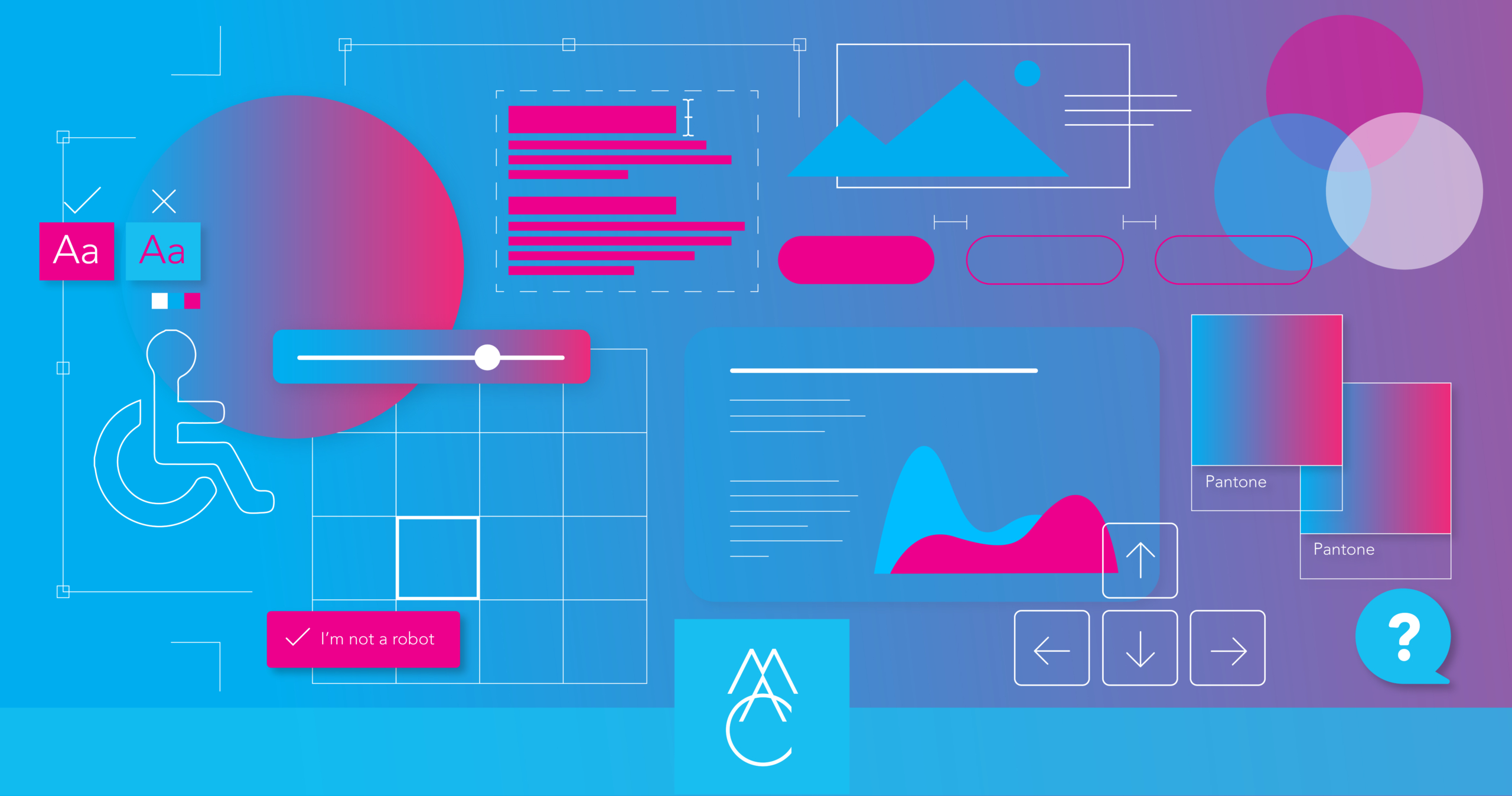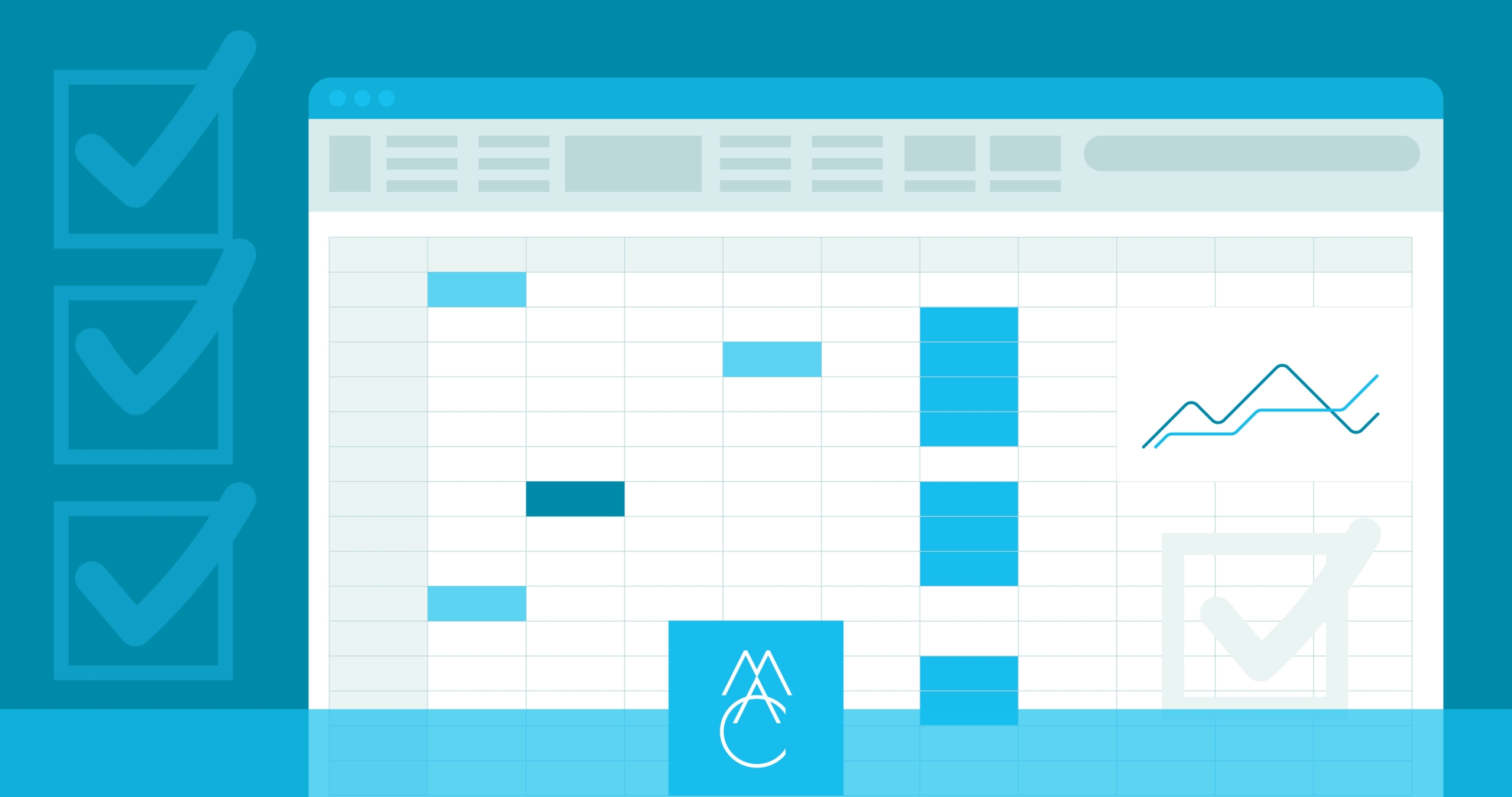
Want the best results and value on your next project? Skip the RFP
The Request for Proposal (RFP) process was developed for the well-intentioned purposes of leveling the playing field, minimizing bias, and guaranteeing competitive pricing. It is also the default procurement method for many higher education and nonprofit organizations. When done by the book it holds everyone to the same requirements and theoretically allows the organization to compare like-for-like.
But creative services, or any professional services (lawyers, architects, accountants, etc.) for that matter, aren’t like physical commodities. They can’t be compared like-for-like because while they may be similar, they are inherently different.
Information gathering and comparison is important in your selection of a partner for your next creative project, but doing so through an RFP is highly inefficient and won’t produce the best results or the least costly solution.
Here’s why.
RFPs = Longer project timelines
There was a time before the internet when information was more difficult to find, and it’s possible to argue that RFPs were the quickest way to collect the needed information to effectively evaluate creative partners.
But we live in an age where you have endless information at your fingertips. It takes far less time to do a little research on Google than to develop an RFP, send out that RFP, wait for responses, evaluate 20 different 50-page proposals, narrow that down to 3 finalists… then listen to 3 presentations from those finalists, select a winner, then wait 2 more weeks for your procurement office to get through the contract paperwork.
The RFP process is the epitome of inefficiency. If you’re looking to work efficiently and save your team time then avoid the headache of the RFP.
RFPs = Less value for your dollar
On top of the money your organization loses through wasted time in the RFP process, there are also unrecognized costs of doing business this way.
RFP responses, which can top out at well over 50 pages for creative services when including previous work samples or spec work, take a lot of time to put together. While you’d be hard pressed to find a firm to admit it, there are situations when more time is spent on developing the RFP response then will actually be spent on your project. If you ask for spec work as opposed to previous work samples, then this is definitely the case since asking for spec work is literally asking the responding firms to start working on your project for free before you’ve even awarded the contract.
Creative service firms that consistently obtain business through the RFP process have to make up the money they spend writing your proposal, so these additional costs inevitably get built into the cost of your project.
The bigger problem for you is that even firms who are really good at navigating the RFP process only land a small percentage of the jobs they write proposals for. This means that you aren’t just paying a premium for the extra time spent on your project, but also the time spent developing proposals for projects your selected firm didn’t win.
Business consultant, author, and university lecturer Cal Harrison estimates that the Canadian economy alone wastes $5 billion dollars a year due to this RFP inefficiency. Watch his 3:30 minute video and see the math.
As Harrison said in this TedEx Talk, “As soon as you realize that your inefficient buying process is costing you money, then maybe there is incentive to change. The buyer benefits the most if we change this.”
Additionally, if you happen to get a response to your RFP with a lower than average estimated budget it shouldn’t be viewed as a cost-saving opportunity. Rather, it should be a red flag to you that the firm is:
- Under-qualified
- Under-delivering
- Desperate for work, or
- All of the above
In any case, none of these scenarios are good if you are looking for the best final product.
RFPs = Limited creativity
When your organizational team sits down to develop an RFP, you are required by the very nature of the document to lay out the project scope and specifications, timeline, (hopefully) budget, and even set guidelines for the environment in which you want the project completed. If this project is for, say, a website redesign, by defining all these parameters you are essentially saying, “We are looking to hire a firm full of creative and qualified people to develop this thing for us, but we already know the solution to our problem and only need your skills — not your creativity — to implement it.”
By doing this you are not just limiting the creativity of the team you are hiring, you are also limiting the potential of the project itself, and therefore the value you get out of your investment. As Stanford University Technology Strategist Zach Chandler puts it:
“But what if our assumptions (laid out in the RFP) are not completely valid? What if we can’t see around all the corners, or see new possibilities of connecting with new methodologies or technologies? A pre-emptive spec locks you into your current best guess … and the web changes faster than that… By being open to the ideas of others, and stating the problem you want to solve rather than telling the vendor how to solve it for you, you may find that the outcome can be far better than you imagined.”
If you are required to use a formal bid process like Chandler is at Stanford University, then his Expository Sketch approach is a great alternative to an RFP. If you have more flexibility in how you approach creative partners, you may consider an initial Discovery Phase engagement with the partner of your choice to access your chosen partner’s entire creative and strategic capability while establishing the project scope and specifications.
RFPs = More hassle than they’re worth
They might not say it to your face, but this is how many great creative services firms feel. And it keeps many of them from seriously considering or responding to your RFP.
Don’t take my word for it. This feeling prompted an advertising agency CEO to write this piece for Advertising Age. It led to this panel discussion at SXSW. And it frustrated a very talented designer and illustrator so much that he penned this comic.
The inherent risk and cost of responding to an RFP a firm probably won’t win coupled with the annoyance of wasting time answering questions that are irrelevant to your project (proof of insurance! Company history? Financial record of past projects!!!) just to meet RFP requirements leaves many creative services firms feeling that responding to RFPs is more of a hassle than it’s worth.
This is a problem for you because if you are conducting a truly open RFP process, then this just eliminated some of the very best potential partners for you, and left you with the firms that are desperate enough for the business (and possibly for good reason) to put up with the frivolousness of the RFP.
Skip the RFP = More efficiency & better results
Creative people love to have real conversations about solving problems that engage their creativity. I don’t know a single creative director or web developer who wouldn’t give you an hour of their time to talk about a project you wanted to work on with their team. In fact, many totally geek out with excitement at the opportunity to do just that.
Do yourself a favor and engage in these real conversations with qualified creative firms that you’ve pre-screened rather than wasting your time and money engaging in an inefficient RFP process that will only stifle your ability to get the best results from the creative process.
This article is also published on Medium.
More Resources
-

Article
WCAG 2.2 Guidelines - What's NewThe Web Content Accessibility Guidelines (WCAG) exist to help web developers and the organizations they serve to be as inclusive...
-

Article
Creating a Gen Z-Friendly College Experience (and Website)Generation “Z”, born between 1997 and 2012, spent their formative years with a world of information at their fingertips. As...
-

Worksheet
How to track success on your website projectDetermine your metrics, track, and analyze throughout the project with this useful worksheet template.




